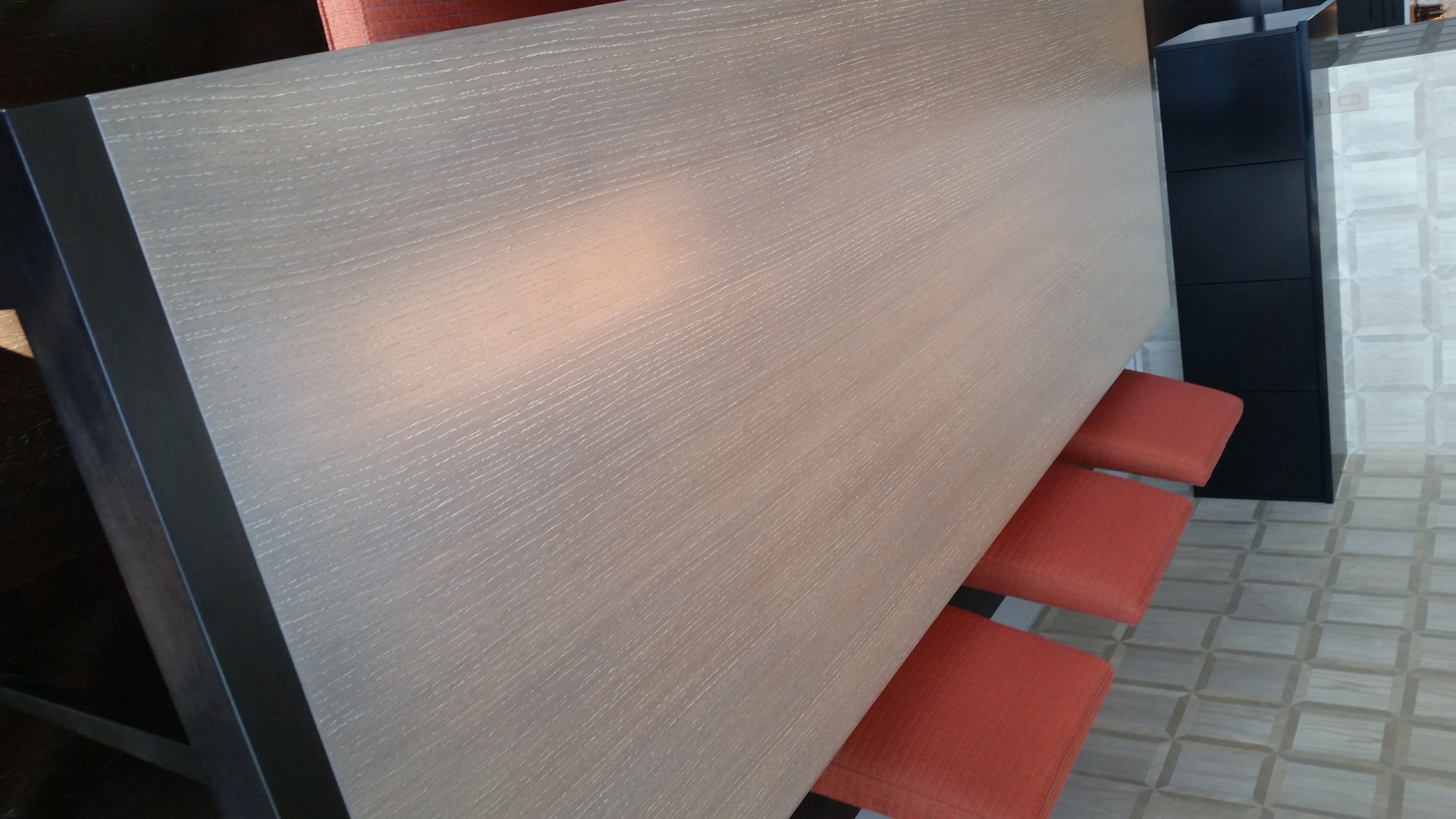Wood Finishes: Make Use of Ceruse!
Published: March 18th, 2015
Wood finishes can add so many dimensions to design. Over the last few years, I’ve been re-discovering the marvel of ceruse. Cerusing is a wood finish technique made popular during the Art Deco Era by the French designer Jean Michel Frank. The technique actually dates back to the 1500’s when it was made from white lead and used as a cosmetic. After being found toxic to skin, furniture makers discovered it worked great as a wood filling paste for porous grain to prevent the wood from rotting. Jean Michel Frank revived the technique to bring depth and sophistication to his more minimalist furniture design.
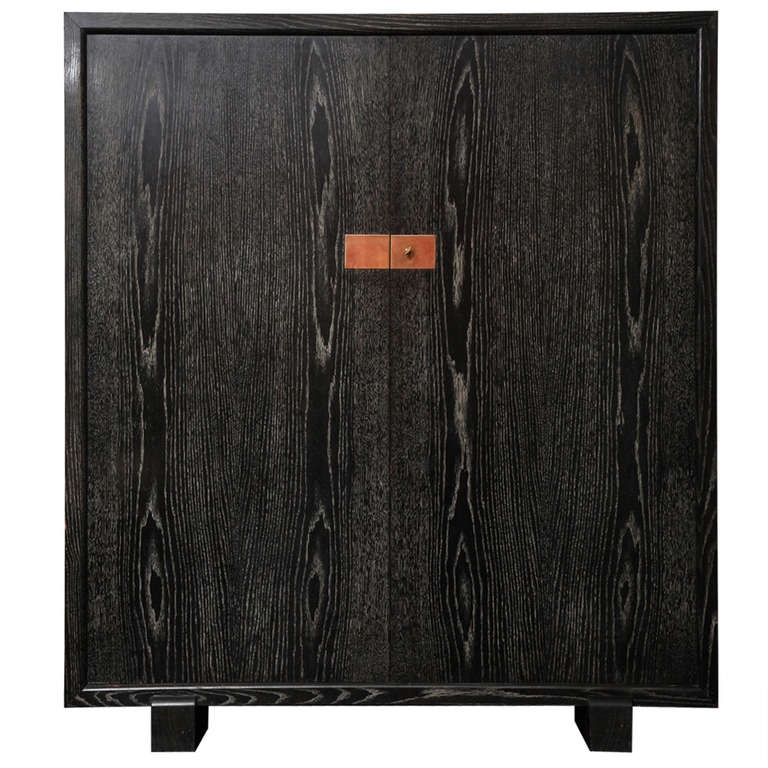
Made from a wax that is applied to the grain to create modern yet rustic wood finishes, cerusing adds a beautiful tactile texture accentuating the grain. It contrasts beautifully with modern finishes such as stainless steel or chrome. Cerusing also offers a level of practicality as it can be very forgiving of scratches, imperfections and wear. Often seen on furniture, flooring and cabinetry, it is an extremely skilled and labor intensive finishing process.
Take a look at some of our favorite examples:
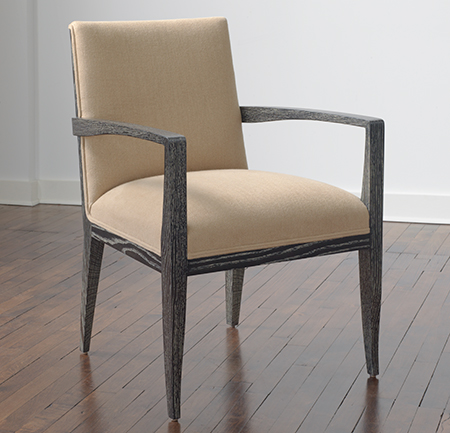
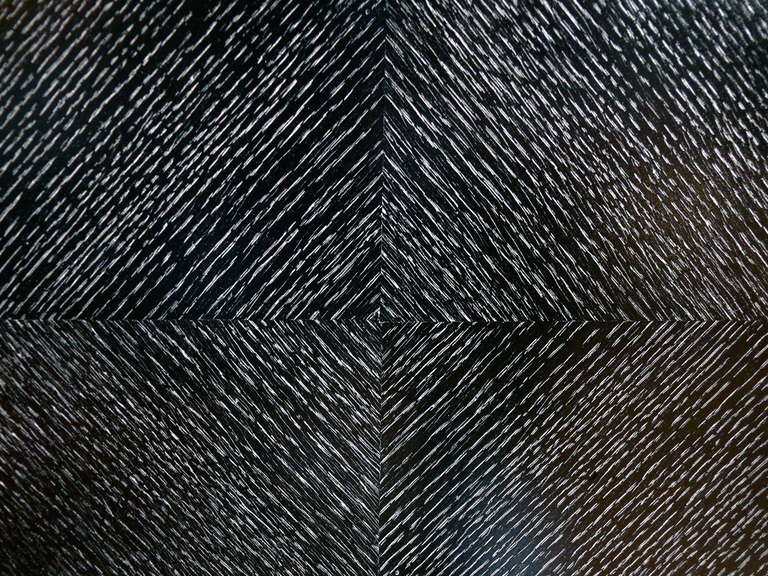
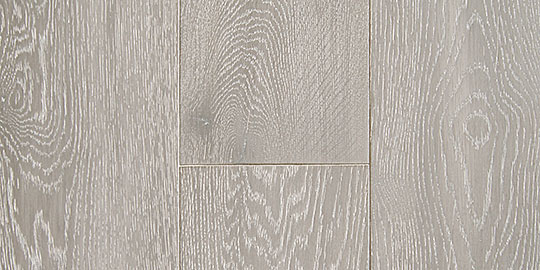
I’ve recently used this technique on a dining room table I designed for a spacious condo in Chicago. The cerused oak surface acts as a counterpoint to the sleek and smoother surfaces found elsewhere in the room, including the table legs themselves made of black-stained maple. So if you’re looking for interesting texture and contrast with some practicality too, use ceruse!
